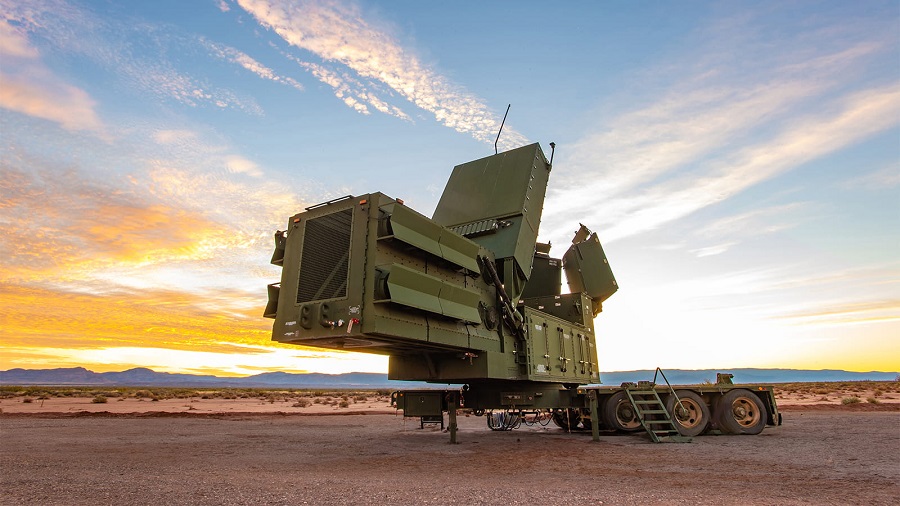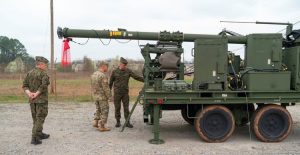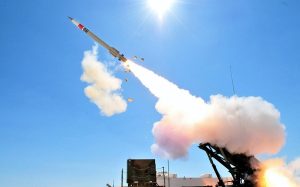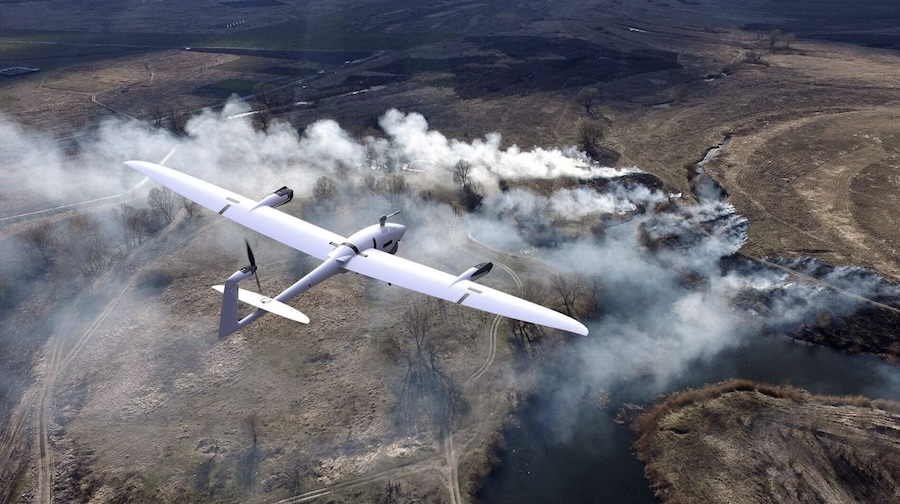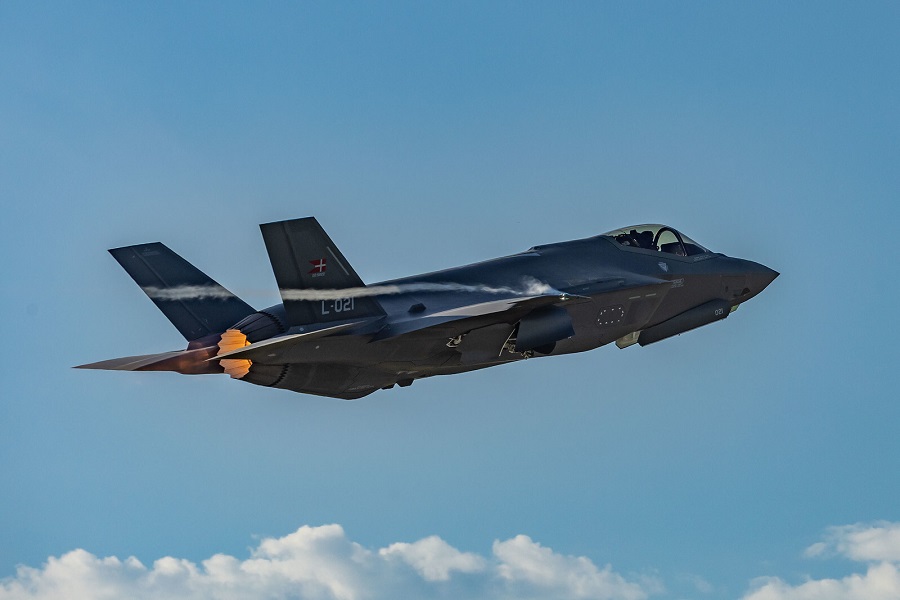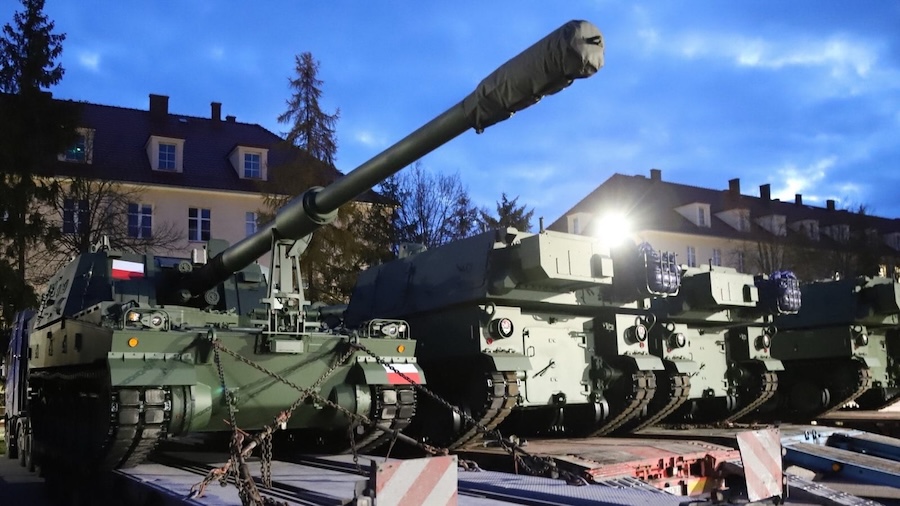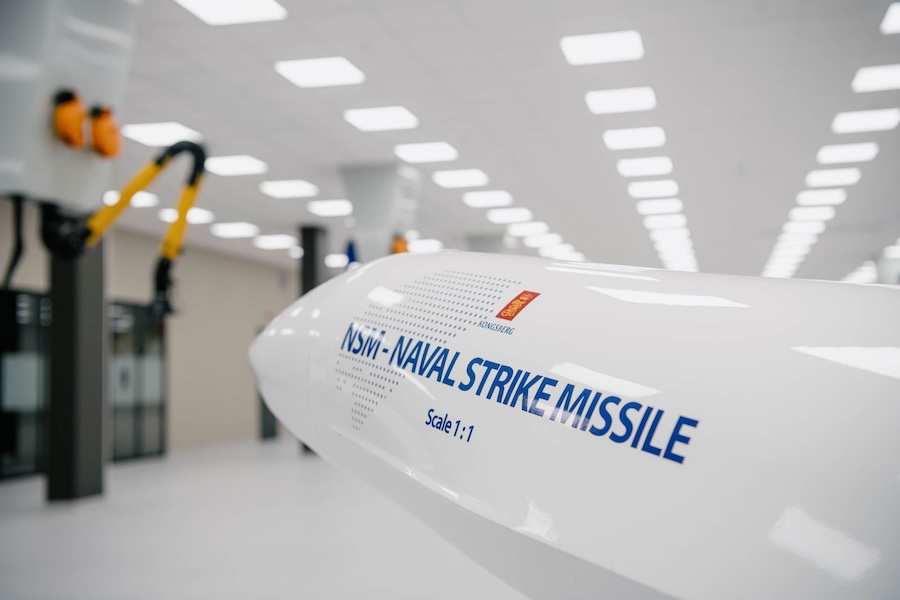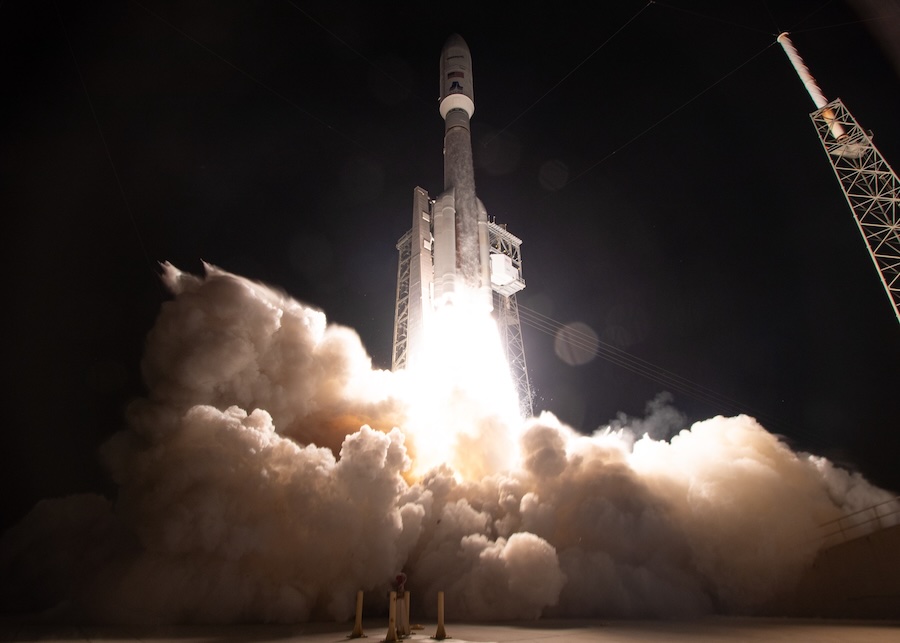During the exercise, the Lower Tier Air and Missile Defense Sensor (LTAMDS) detected, tracked, and classified an Air Breathing Threat surrogate target through the Integrated Battle Command System (IBCS). The system then processed the data, determined an engagement solution, and commanded the Patriot Advanced Capability-3 Missile Segment Enhanced interceptor to strike the target.
The engagement featured several programme firsts, including the integration of the Large Tactical Power System with LTAMDS during an engagement. It also marked the first successful intercept of an Air Breathing Threat using the LTAMDS secondary sector array, and the first mission executed with IBCS Low-Rate Initial Production hardware.
“These achievements underscore LTAMDS’ progress toward delivering full 360-degree coverage and enhanced operational flexibility to defend against a wide range of aerial threats,” the Army said. The milestone is seen as a crucial step in strengthening future battlefield protection.
“This test demonstrates the LTAMDS next evolution in capability growth towards delivering a state of the art 360-degree sensor for the Army’s Integrated Air and Missile Defense architecture,” said LTC Farmer, LTAMDS Product Manager. “LTAMDS remains focused on developing and testing at the speed of relevancy in support of fielding a robust, all-around defense capability the warfighter needs to fight and win when called upon.”
The LTAMDS is designed to counter advanced and evolving threats by providing greater detection range, improved classification, and all-sector coverage. Its integration with IBCS is expected to enhance the Army’s layered air and missile defence architecture, protecting U.S. forces, allies, and critical assets.




